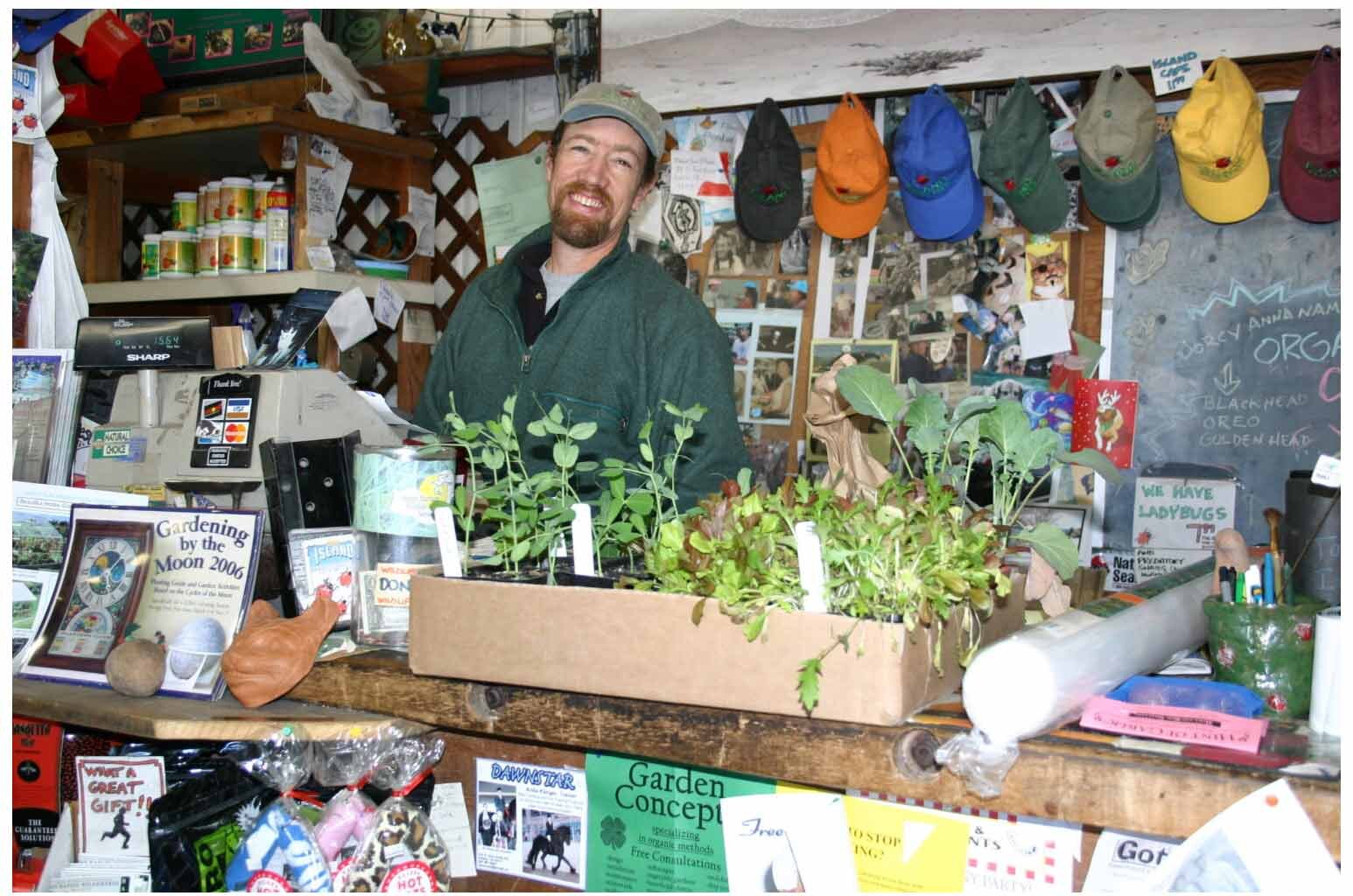Victory Gardens 2.0
It's Time for Victory Gardens 2.0
With all the craziness going on in the world today, it’s a good time to get back to basics. The National Garden Bureau has launched a campaign I can totally get behind, the Victory Garden 2.0.
The concept of Victory Gardens was conceived during WWII when food and other resources were scarce (sound familiar?). In 1943 nearly 40% of all fruits and vegetables grown in the U.S. were grown in home and community Victory gardens. That is impressive!
There are many obvious reasons for planting a Victory Garden, but one that isn’t often considered is this: Suppression is something harmful against which one cannot fight back. Thus, when one can do anything about it, it becomes less suppressive. Planting a garden may not seem like much, but it is doing something to put you and your family in better control of your lives and your future, thus it lifts the spirits. Besides, it’s fun! Kids eat veggies that they themselves grow! It’s easy and gives the entire family a project they can do together.
James H. Burdett, founder of the National Garden Bureau wrote the Victory Garden Manual from which much of this information was gleaned. Let’s revive the Victory Garden, shall we? Here’s the step-by-step on how to get started. I will list resources for plants and other materials both local and on-line at the end of this column.
Victory Gardens Step-by-Step
1.Know your growing zone most of Santa Barbara is in Zone 23 according to Sunset Magazine and Zone 10a according to the USDA. But double check as there are slight variances if you live inland or Santa Ynez Valley, Fillmore, Ojai, etc.
2. Make a list of the items your family enjoys eating. This is obvious; no sense in planting broccoli that no one will eat.
3. From this list research specific varieties. Honestly, most anything can grow in Santa Barbara. Plus, when you grow from seed there are a lot more choices, have some fun with it and grow something you’ve never eaten before.
4. Decide which of these plants you will grow from seed or buy as seedlings. Look at the “days to harvest” on the seed packet. Some vegetables are easy to grow from seed; green beans, radishes, cucumbers, carrots, beets, chard, kale, herbs like basil and parsley. Tomatoes, eggplant and peppers should be planted as seedlings.
5. Determine how much produce your family can reasonably consume during key harvest times-Decide if you have the resources to freeze or can the excess. Again, pretty obvious, we have all heard stories of a giant zucchini being left on doorsteps and one can only bake so much zucchini bread.
From farm to table!
Pro Tip: I freeze my excess tomatoes and so have tomatoes for cooking all year. It is super easy. Wash them, quarter them, put them in freezer bags and put in the freezer. No fuss.
6. Plan your garden space (in-ground, raised beds, containers) accordingly. Make sure the location gets plenty of sun for the crops you choose. In Santa Barbara, cool season crops like broccoli, kale, chard, and the like will take a bit of shade in the summer. Warm season veggies: tomatoes, peppers, beans, eggplant, cucumbers will want as much heat as you’ve got, so full sun please.
Here are some examples of Victory Gardens grown in raised garden beds!
Pro tip: If you are building your own raised beds they should be a minimum of 24” tall and you must install gopher wire halfway up the sides of your boxes, not just on the bottom. If you purchase beds, even the metal ones, line in gopher wire.
7. No space? No problem. Apartment and condo dwellers can grow veggies too. Create a mini farm by planting in pots and window boxes. Even better, it may be time to petition the HOA board to establish a “community garden” with some of that open space, just saying.
8. Know your soil or buy good quality gardening mixes. It is best to use the rule of adding in no more than 20-30% amendments to your native soil. Commercial planting mixes should be used as amendments only. Add in compost, beneficial soil microbes and other organic matter to lighten the soil and if you have heavy clay, use raised beds and fill with topsoil and use fewer amendments.
Chris with some beautiful homegrown tomatoes.
Growing your own food is fun and addicting! This should be enough to get you started. Still have questions? You can email me any time at Lisacullen@montecitolandscape.com. I’d be happy to help.
Until next time, fill your garden with joy and lots of homegrown veggies.
-Lisa
Local Resources:
Where to buy vegetable seeds and seedlings
Island Seed and Feed: The best of the best for organic amendments, fertilizers, seeds, seedlings and a lot more. Their knowledgeable staff will help you decide what to plant and what amendments you need.
29 S. Fairview Ave, Goleta, CA 805-967-5262
La Sumida: Large selection of seedlings and seeds as well as gardening gloves, hats and equipment as well as amendments. Their staff is knowledgeable in all aspects of gardening.
165 S. Patterson Ave, Santa Barbara, CA 93111 805-964-9944







